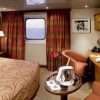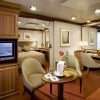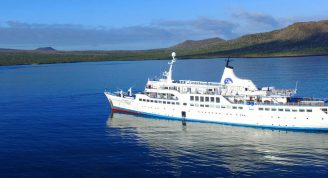Description
Join us to cruise along the Peruvian and Chilean coast and visit several UNESCO World Heritage Sites. You will be amazed by the scenery and wildlife of the islands in the Humboldt Current. During boat excursions or Zodiac cruises you will have a chance to spot Blue-footed, Nazca and Peruvian Boobies, Guanay Cormorants, Humboldt Penguins and several other seabird species, as well as South American sea lions and fur seals. Encounter fascinating local cultures as well as Incan and Pre-Incan remains against the backdrop of some of the Andes’ breathtaking mountains and some of the world’s driest deserts. Throughout the voyage, learn about the history, geology, wildlife and botany of South America’s west coast from lecture presentations offered by your knowledgeable onboard Expedition Team.


















